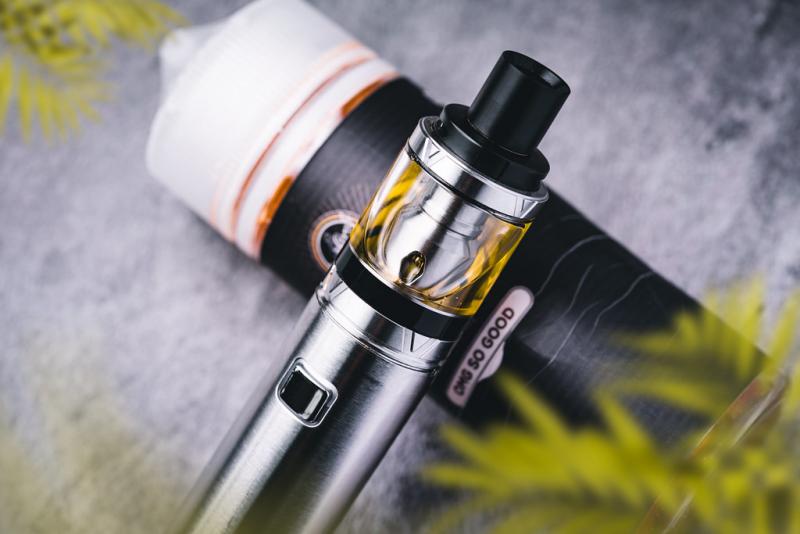 Vape Mod by Vaping360 is licensed under CC BY-ND 2.0
Vape Mod by Vaping360 is licensed under CC BY-ND 2.0
Combating the popular narrative around flavored e-cigarettes, new research has been released that finds flavored vaping products are much less harmful to teens than combustible tobacco products. The study, conducted by researchers at the University of East Anglia and published in the esteemed Addiction journal, analyzed data from all available studies conducted around the youth use of e-liquid flavors. After assessing the impacts of flavored e-cigarettes on over 500,000 young people, the researchers spotlighted the essential role that flavored vape products play in harm reduction efforts.
Previous scientific inquiries have highlighted the importance of fact-based regulations of e-cigarettes. As opposed to combustible tobacco products, e-cigarettes are 95% less harmful and are at least twice as effective at helping smokers quit than nicotine replacement therapies. Among the evidence-based reasons to allow flavors in vapes, one of the most important is that people find flavored vapes to be more helpful for smoking cessation. A recent study found that smokers who use flavored vapes to quit are 43% more likely to succeed than someone using an unflavored or tobacco-flavored vape.
Data also shows that teenagers are not drawn to vapes because of flavors, with only 5% of underage vapers saying that it was flavors that made them start vaping. Additional academic studies have found that teenage non-smokers did not vary in their willingness to try plain versus flavored vape products.
This study represents another important step forward in the never-ending fight against misinformation about e-cigarettes. The main findings of the study can be read below, while the full study is available here.
Key Findings:
- E-liquid flavors may play an important role as both a diversion from smoking and an aid for smoking cessation
- Use of flavored e-liquids in e-cigarettes could be diverting young people away from tobacco smoking, as evident from population-level data showing that as young peoples’ use of e-cigarettes has increased, rates of tobacco use have not increased
- They found no strong evidence of an association between flavored e-liquid use specifically and subsequent uptake of tobacco smoking
We’ve seen this scenario play out before. When San Francisco banned flavored tobacco products in 2018 they saw increased smoking among minor high school students relative to other school districts. By 2019, youth cigarette smoking rates in San Francisco had risen to 6.2%, compared to 2.8% in similar districts, an all-time low.
Restricting access to flavored vape products, which have a proven track record of helping people quit smoking, would cause more harm than youth vaping ever could.

